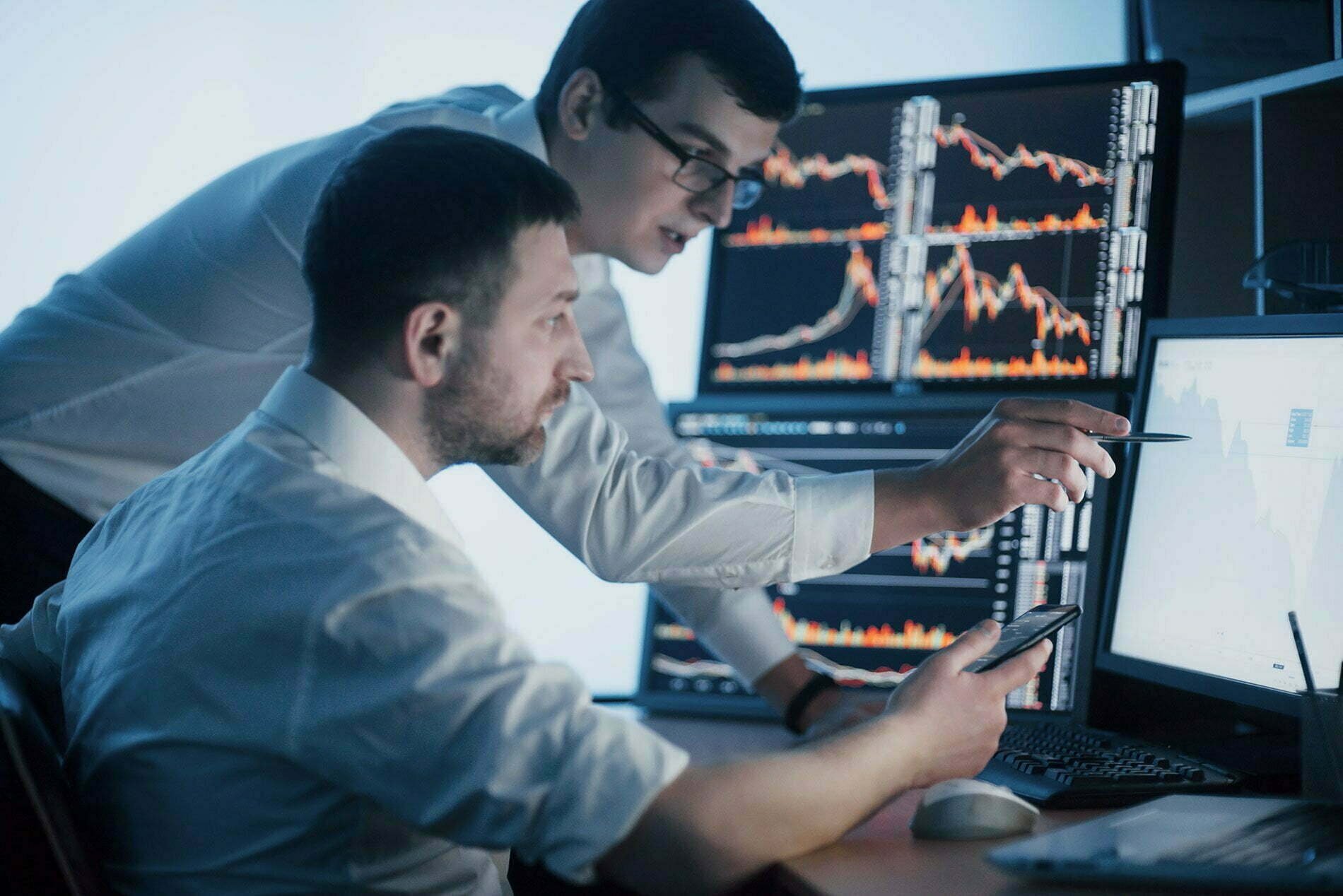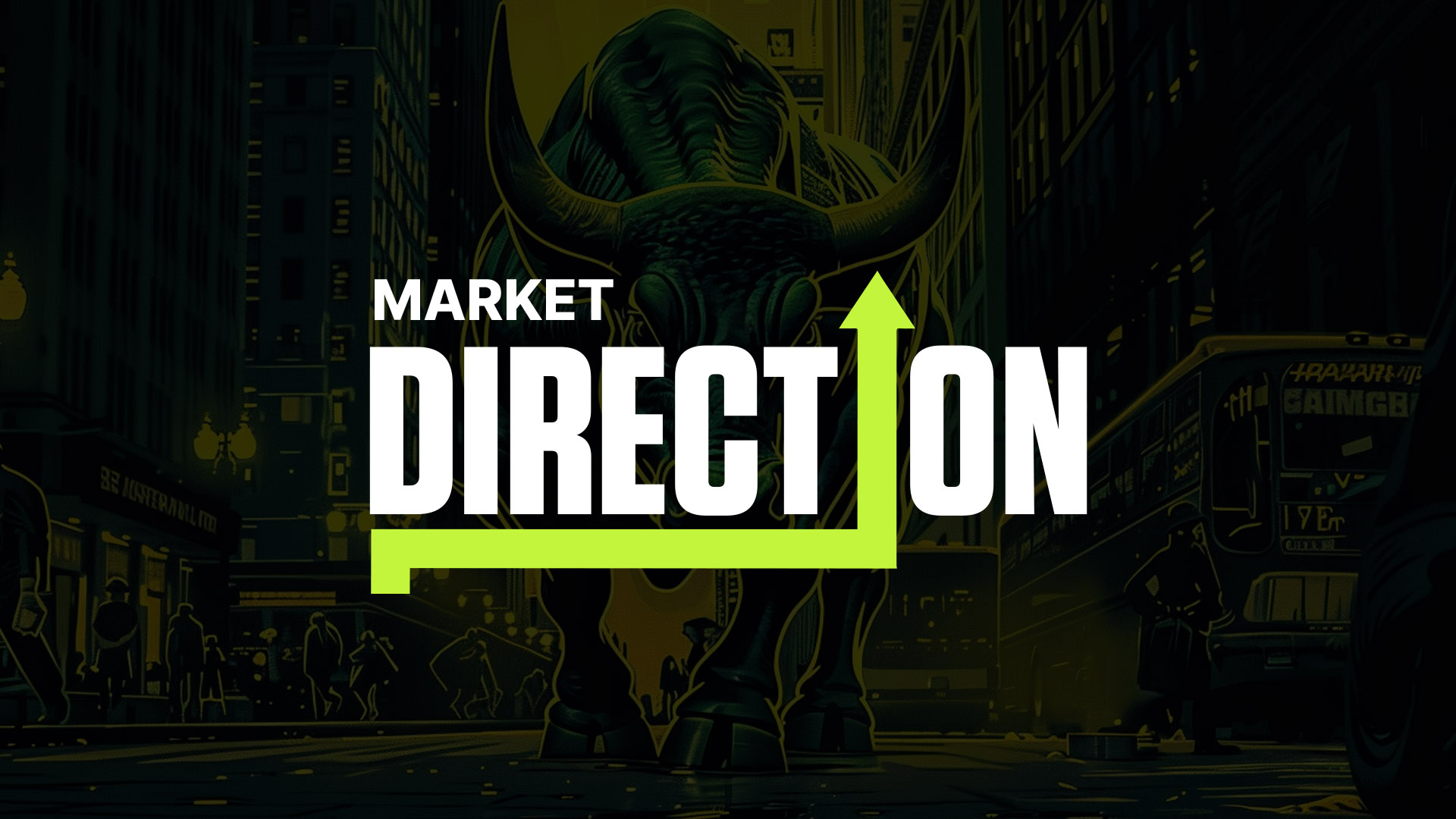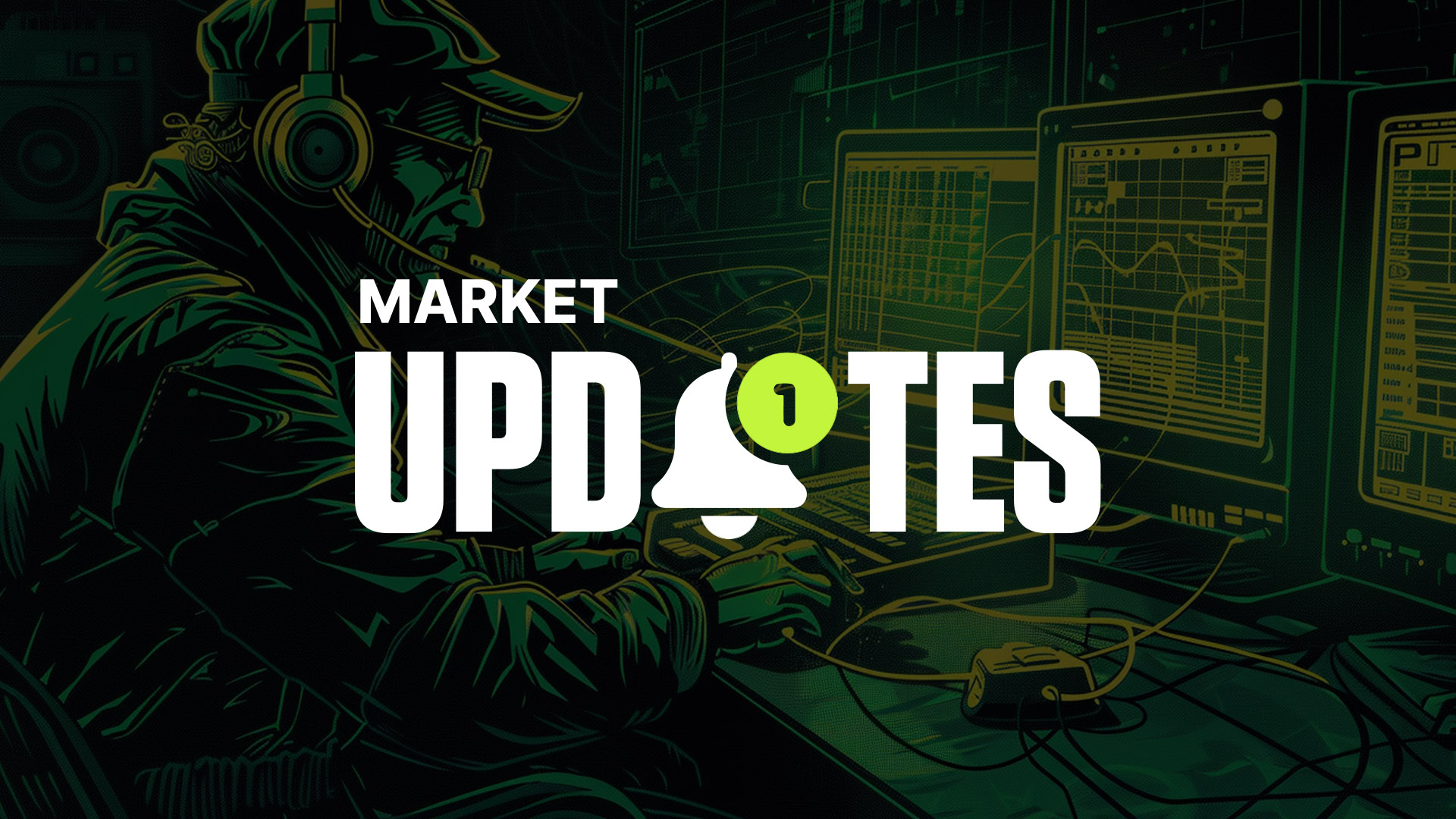
Mention the month of October to a trader and the prospect of another October market crash is scarier than a ride on Thunder Mountain at Disneyland with the kids during the school vacation. Did market conditions cause the October crashes in 1929, 1987 and to a lesser degree in 1997 – or should we blame the gibbous moon? While some people do believe in Lunar trading, it is generally thought that stocks in October are actually strong and have been since 1950 – but that there are certain biases in the market at that time.
With the Wall Street Crash of 1929, there were of course specific reasons why the market crashed – and again on Black Monday in 1987. But still the search goes on for a foolproof way of predicting market crashes and how to avoid them – or at least how not to get caught up in the fallout.
Some theories are offered by JP O’Shaughnessy @jposhaughnessy – founder, chairman and co-chief investment officer at OSAM LLC: Learn, Build, Share, Repeat and author of What Works on Wall Street and three other books on investing.
Jim O’Shaughnessy offer111111s up his knowledge on Twitter and via a series of talks based on his books. His basic premise is that “the highest probability bet you can make in your investment strategy is that human nature will remain a constant for the foreseeable future”.
1/ I believe that the highest probability bet you can make in your investment strategy is that human nature will remain a constant for the foreseeable future. For my book “Predicting the Markets of Tomorrow”, I analyzed nearly 200 years of data
— Jim O'Shaughnessy (@jposhaughnessy) 26 July 2018
200 years of financial data
O’Shaughnessy has analyzed nearly 200 hundred years of data from 1809 in his book Predicting the Markets of Tomorrow – a period which covers the great US financial crisis of 1819 onwards, when at the same time in England, Lord Castlereagh spent February of that year appointing a Finance Committee to the House of Commons.In 1819, the US was relying less on its commercial and colonial ties to Europe and was becoming more independent economically – the 1819 crisis in America was the first major financial panic in peacetime following the Napoleonic Wars, plus an increase in property speculation and banks issuing paper money willy-nilly.
In Great Britain, according to Hansard, there was great debate over the introduction of a Finance Committee – the Battle of Trafalgar had only taken place in 1805 and 15 years later there was much haggling over the state of Britain’s income and expenditure, loans, surplus and taxation. The great industries of the 19th century such as iron and steel were still in their infancy, with the first foundries being set up in the Midlands around the start of the century. The payment and pensions of returning military personnel was one of the issues debated in the House in February 1819.
But what has all this to do with Stock Market crashes? Well, of course, there are many influences on markets, which can get jittery, bearish or bullish at the least provocation – even a rumour – let alone a full-blown war or even Brexit. If you think of how much fuss a tulip could cause in 1593 – or a loaf of bread in France in 1789 – it is hardly surprising that markets can be subject to caprice as well as external pressures.
What Works on Wall Street
In a one-hour Google talk, genial Jim O’Shaughnessy reveals “Historically tested long-term strategies that always outperform the market”.He starts with a lovely tale of a guy arriving humbly in heaven with a low IQ of 52, and Einstein – meeter and greeter at Heaven’s Gate – immediately asks him what the market is going to do tomorrow, rather than engaging in intellectual debate.
The first point O’Shaughnessy makes is that “A long-term perspective is required. Yet the odds are stacked against us!”
It is hard to be an active investor, as a herd mentality can move people towards passive indexes, he suggests. However, the S&P 500 are strategies – and the single-line global strategy is “Buy big stocks”.
O’Shaughnessy and his team have come up with strategies that “work significantly better”, although this means that, by definition, portfolios end up being very different, if “the benchmark of the benchmark is the S&P 500”.
Passive investors face one point of failure, presuming they are well diversified, etcetera – and here’s the crunch point:
“Panicking near a market bottom and selling out of all of his or her index funds.”
That, apparently, is the only thing to worry about because by definition, active investors are getting the average return, they are getting low costs – “they are getting a lot of really good things”.
Hapless active investors have a second point of failure to worry about, though – and this is more insidious, warns Jim.
It happens when “We suddenly are comparing our returns of our investment strategy or our ETF or our mutual fund with its benchmark.”
It is apparently, a perfectly natural thing to do – to keep comparing that investment with its benchmark, whether that is the Russell 1,000 Value Index or the Small Cap Russell Value Index.
And this is where human behaviour never changes, says O’Shaughnessy –those making decisions about whether they are going to stick to using an active strategy are possibly using the worst timeframe; which, he advises, is three years.
Also, check your strategy on a quarterly basis “and you will fail”.
“On a quarterly basis, there is no signal, it is all noise,” pronounces O’Shaughnessy.
And that is where we get back to market jitters, tulips in Amsterdam and Black Monday – because as someone who has been on TV commentating on the market, O’Shaughnessy lets us into a little secret that the guy who pops up in front of the camera and claims he knows why the quarter did what it did “is full of it”. The guy on camera has no idea why the quarter did what it did, apparently, because “No one does”.
So it appears active investors need to look at longer periods of time – although three years is the worst thing you can do so. This is because, according to the theory of Reversion to the Mean, a bad three-year period is generally followed by a good three-year period – meaning if you jack in your investment strategy after three years, you may miss out on the bull market.
Crypto and investment strategies
There is plenty more advice from JP O’Shaughnessy online andin his books, but what if we start to apply his strategies to the less established market of crypto? Bitcoin, for example, has just undergone an unexpected surge following release of the Weiss Crypto Ratings and despite ongoing speculation that Ripple XRP will inevitably overtake Bitcoin as the leader of the pack.Bitcoin was launched in 2008, so if we look at how the market is performing every three years, perhaps O’Shaughnessy might be proved right – and his lifetime’s observations of the established market would also be usable in the crypto space.
- In 2011, three years after Bitcoin was launched, the great crypto bubble peaked before the bubble burst and the market bottomed out in November 2011.
- By 2014, crypto was experiencing a bear run which was preceded by a brief bull run – but the cryptocurrency market had by then expanded with new investment products such as futures, options, indexes and hedge funds.
- By 2017, the crypto market had appreciated more than 1,200% – however, 2018 was more bearish, but nothing like 2014.
The 2017 price surge of Bitcoin by 1,200% was explained as more investor interest, as eToro UK MD Iqbal Gandham told Forbes:
“I think the price rise and surge in interest fulfill and compliment each other,” said Gandham.
“As digital currencies rise in value, their appreciation generates interest from market observers, and this in turn helps fuel further price gains.”
However, Jim O’Shaughnessy points out that people tend to adhere to the Recency Bias – ie “people pay the greatest attention to what has happened recently”. Then, secondly, we forecast and project whatever has been happening recently into the future and then is when mistakes can be made.
“Very, very bad mistake to make,” he scolds.
Jim has made mistakes, too, but thanks to his friend, Art, he is able to explain the laws of Contrary Indicators – those who sell when they should buy and buy when they should sell, when “they should have stayed in the strategy and let it do its work”.
There is no guarantee it will come up tulips, but if it works on Wall Street, it might just work in crypto space, too.
The consoling thing is that research from Sweden shows 45% of investment techniques may be genetic rather than as a result of education – and furthermore, “they cannot be educated against” because of human instinct. Stick with it seems to be the message, regardless of whether you feel like quitting and running. Crypto is still regarded as a high-risk market – but for those in at the beginning, long-term seems to be proving a nice little earner.
Jim O’Shaughnessy’s talk is also online at YouTube.
Books by James P. O’Shaughnessy
What Works on Wall Street: The Classic Guide to the Best-Performing Investment Strategies of All Time (Hardcover) is available at Amazon.Predicting the Markets of Tomorrow: A Contrarian Investment Strategy for the Next Twenty Years (Hardcover) is available at Amazon
Disclaimer: This article is for information only and does not constitute investment advice or recommendations – always seek the advice of a reputable financial adviser before investing, as the value of investments can go down as well as up.
Traders image licensed via Shutterstock.
Continue reading by joining Cryptonary Pro
$997/year
Get everything you need to actively manage your portfolio and stay ahead. Ideal for investors seeking regular guidance and access to tools that help make informed decisions.
For your security, all orders are processed on a secured server.
As a Cryptonary Pro subscriber, you also get:
Success Guarantee, if we don’t outperform the market, you get 100% back, no questions asked
24/7 access to experts with 50+ years’ experience
All of our top token picks for 2025
Our latest memecoins pick with 50X potential
On hand technical analysis on any token of your choice
Weekly livestreams & ask us anything with the team
Daily insights on Macro, Mechanics, and On-chain
Curated list of top upcoming airdrops (free money)
100% Success Money Back Guarantee
If our approach doesn’t outperform the overall crypto market during your subscription, we’ll give you a full refund of your membership. No questions asked. For quarterly and monthly subscribers this is applicable once your subscription runs for 6 consecutive months.
Our track record speaks for itself
With over 2.4M tokens and widespread misinformation in crypto, we cut through the noise and consistently find winning assets.
Our track record speaks for itself
With over 2.4M tokens and widespread misinformation in crypto, we cut
through the noise and consistently find winning assets.
Frequently Asked Questions
Can I trust Cryptonary's calls?
Yes. We've consistently identified winners across multiple cycles. Bitcoin under $1,000, Ethereum under $70, Solana under $10, WIF from $0.003 to $5, PopCat from $0.004 to $2, SPX blasting past $1.70, and our latest pick has already 200X'd since June 2025. Everything is timestamped and public record.
Do I need to be an experienced trader or investor to benefit?
No. When we founded Cryptonary in 2017 the market was new to everyone. We intentionally created content that was easy to understand and actionable. That foundational principle is the crux of Cryptonary. Taking complex ideas and opportunities and presenting them in a way a 10 year old could understand.
What makes Cryptonary different from free crypto content on YouTube or Twitter?
Signal vs noise. We filter out 99.9% of garbage projects, provide data backed analysis, and have a proven track record of finding winners. Not to mention since Cryptonary's inception in 2017 we have never taken investment, sponsorship or partnership. Compare this to pretty much everyone else, no track record, and a long list of partnerships that cloud judgements.
Why is there no trial or refund policy?
We share highly sensitive, time-critical research. Once it's out, it can't be "returned." That's why membership is annual only. Crypto success takes time and commitment. If someone is not willing to invest 12 months into their future, there is no place for them at Cryptonary.
Do I get direct access to the Cryptonary team?
Yes. You will have 24/7 to the team that bought you BTC at $1,000, ETH at $70, and SOL at $10. Through our community chats, live Q&As, and member only channels, you can ask questions and interact directly with the team. Our team has over 50 years of combined experience which you can tap into every single day.
How often is content updated?
Daily. We provide real-time updates, weekly reports, emergency alerts, and live Q&As when the markets move fast. In crypto, the market moves fast, in Cryptonary, we move faster.
How does the success guarantee work?
If our approach to the market doesn’t beat the overall crypto market during your subscription, we’ll give you a full refund of your membership fee. No questions asked. For quarterly and monthly subscribers this is applicable once your subscription runs for 6 consecutive months.


















